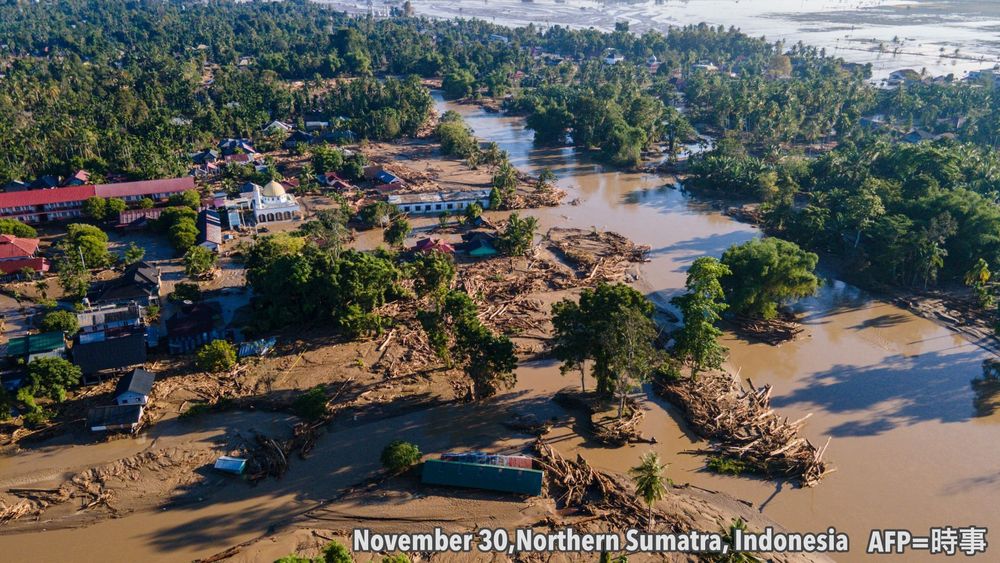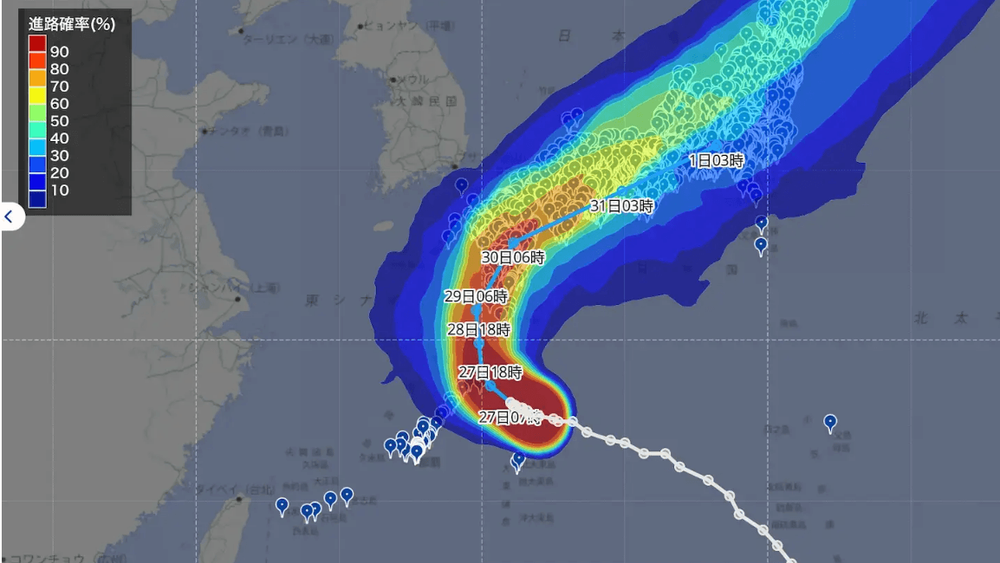October 23, 2025
Create Broadcast Scripts with Just a Click: Introducing the AI-Powered "Weather Script Agent"

On October 7, 2025, Weathernews launched trial operations of a new AI-powered service called “Weather Script Agent.”
In this article, we take you behind the scenes of this development — a project that goes beyond mere automation, aiming to combine quality and transparency through the use of AI. We spoke with Masatsugu Hangyō, one of the developers, about the background of the project, key areas of focus, and the importance of verbalization.
What Is “Weather Script Agent” for Broadcasters?
Weather Script Agent is an AI-powered script generation service built specifically for television and radio stations. Broadcasters can choose from over 2,000 locations across the country, and the system creates high-quality weather scripts automatically using the latest meteorological data.
The best part? You don't need any specialized weather knowledge to use it. Anyone can quickly create professional, polished scripts and then fine-tune the content or adjust the broadcast length through a simple chat interface.
We know that AI services can raise questions about accuracy and data reliability, so we built transparency and user control right into the system. You get to decide which data sources the AI uses, and our interface lets you compare the generated script with the actual forecast data side-by-side. This way, you can catch any issues before going on air.
What makes this service unique is how it incorporates our proprietary real-time observations—things like "light rain is starting" or "the snow feels heavy and wet." This helps create scripts that capture the actual conditions people are experiencing, not just the numbers.
From Systematization to AI Utilization: Pursuing Quality and Stability
Today, Weathernews supplies broadcast scripts and graphics to more than 100 TV and radio stations. For years, we wrote every single script by hand. But this approach had its problems—human errors crept in, and work would pile up during busy evening broadcasts or severe weather events. We knew that automating script creation was essential for reliable service.
Our first breakthrough came around 2016 when we built an internal system to automate basic script writing. It helped reduce manual work and cut down on transcription mistakes, but the scripts still needed human touch-ups. Even after we delivered them, clients often made their own adjustments.
That's when we decided to take the next step with AI. But this time, we wanted to build something collaborative—a system where we could work together with our clients to create and refine the rules that guide script creation.
The Ultimate Instruction: Four Decades of Expertise Meets AI

Several things came together to make AI-powered script generation possible for us.
First, AI technology itself has advanced dramatically, reaching the point where it can deliver professional-quality results. Second, we ran an internal "Generative AI Hackathon" where 90% of our employees participated. Even staff with no development background spent about three hours experimenting with AI, which really opened everyone's eyes to its potential. When they fed weather knowledge1 into AI models, they could see just how adaptable this technology could be.
But here's our secret weapon: Weathernews has been perfecting weather script writing for over 40 years. That's knowledge you can't just pick up overnight. Our operations team took all that accumulated expertise—the kind of know-how that usually stays in people's heads—and turned it into what we call the "ultimate instruction" for our AI.
The beauty of this approach is that broadcasters can customize these instructions2 themselves, essentially teaching the AI to match their own style and preferences.
Usually, developing a new service means lots of back-and-forth between our developers and the operations team who work directly with customers. This time was different. The operations team wrote the AI instructions themselves, basically designing how the service would work. Our developers focused on preparing the data and building the user interface. I'd occasionally jump in with suggestions like "that instruction might be too vague for the AI" or "try phrasing it this way," but the operations team drove the whole process. Watching them build the system's brain from scratch—thanks to their hackathon experience— was genuinely inspiring.
What AI Development Taught Us About Putting Knowledge Into Words

Our earlier automation work had shown us what could and couldn't be automated easily. Surprisingly, many tasks we thought would be "too hard for machines" turned out to be areas where AI actually excels.
But we discovered something else valuable: how important it is to put tacit knowledge into clear words. Every time we struggled to get the AI to understand what we wanted, it highlighted areas where we were relying on unspoken expertise. This made us realize that articulating knowledge clearly isn't just important for training AI—it's crucial for sharing knowledge between people too.
Learning how to "talk" to AI has become a fascinating new kind of communication between humans and machines.
Looking ahead, we want to expand the system to handle weather warnings, advisories, and typhoon coverage, broadening the types of content our AI can create. By combining AI capabilities with our existing automation systems, we're working toward a fully automated script generation platform that can handle all our broadcast services.
Trying Out the “Weather Script Agent”
Footnotes
- 1:Knowledge: The real-world information we feed into the AI to make it smarter and more accurate. For us, that's decades of weather data and forecasting know-how. ↩︎
- 2:Instructions: The basic setup that tells the AI who it is and how to act. Think of it as giving the AI its role and personality. For example: "You're a radio host" or "Always write below-zero temps as 'minus.'" ↩︎

December 11, 2025
Unprecedented: Cyclone Develops in Malacca Strait as Indonesia and Thailand Face Record Rainfall
December 9, 2025
[20 Years of Weather Reports] The Journey and Future of a One-of-a-Kind Global Community

December 7, 2025
Will AI Revolutionize Typhoon Forecasting? Weathernews' Typhoon Experts Deploy Advanced AI Prediction Model